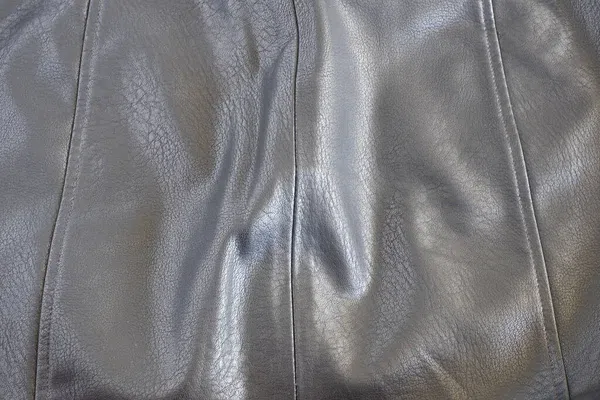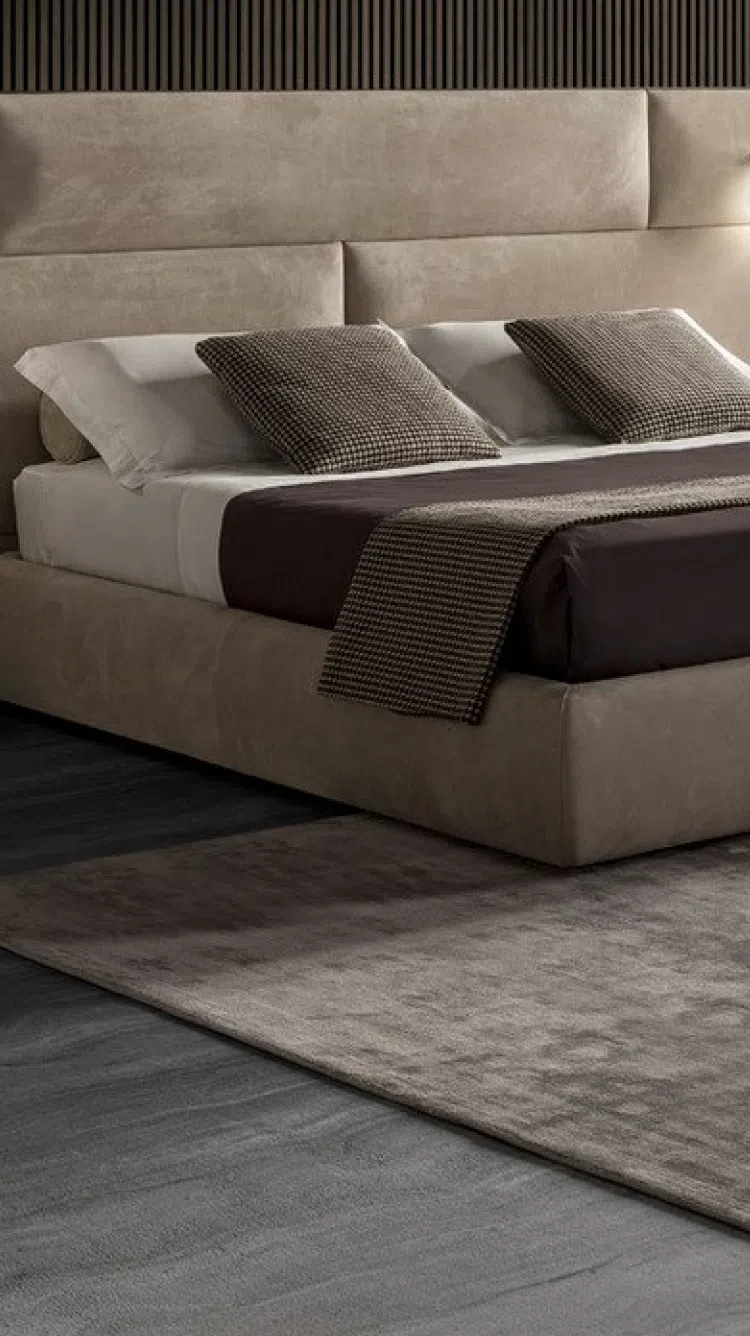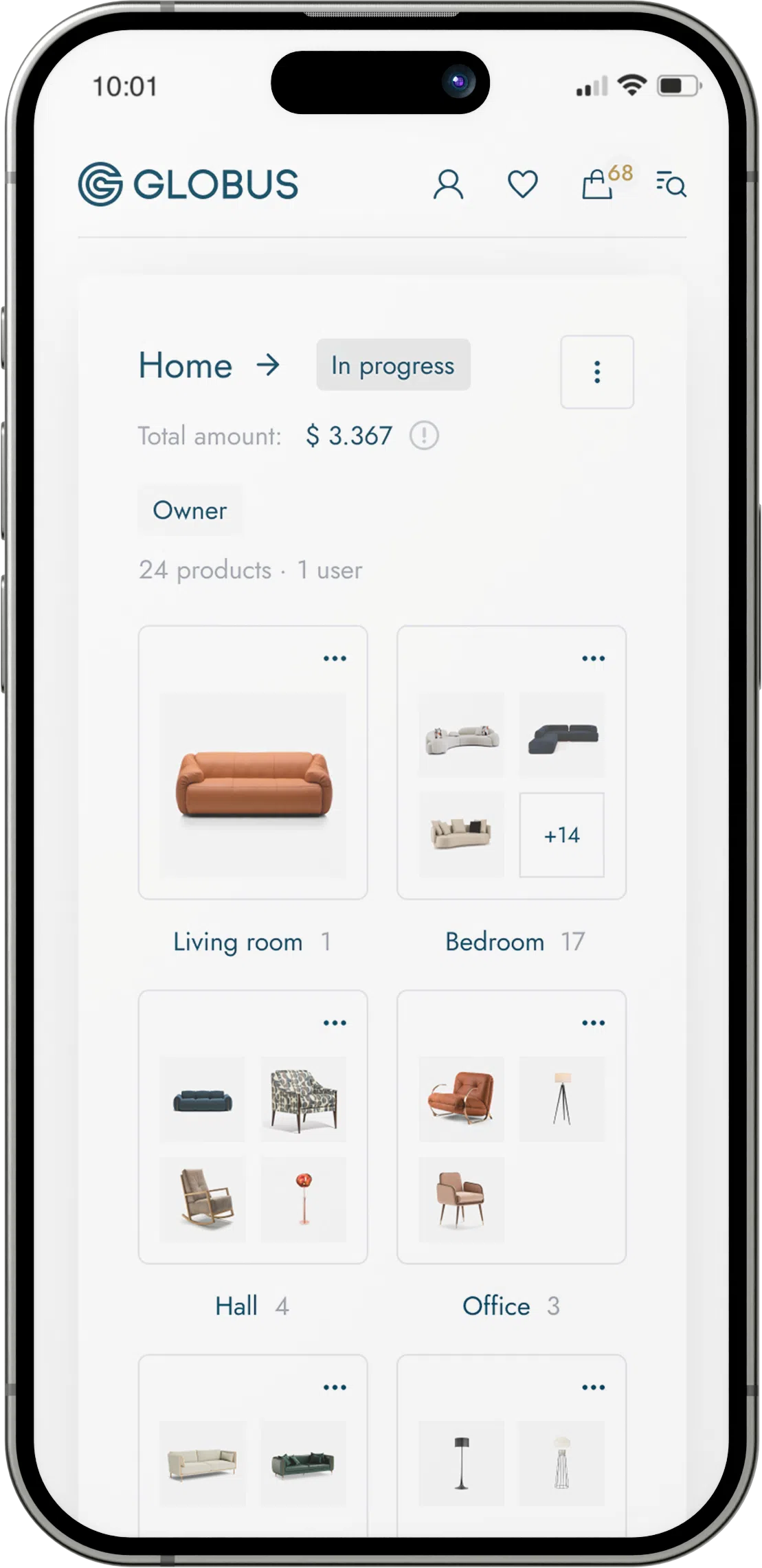
Artificial leather made from PVC, or polyvinyl chloride, is a synthetic material designed to mimic the look and feel of real leather. It's created by applying a layer of PVC to a base material such as polyester, cotton, nylon, or rayon. The material is then treated with chemicals, dyes, and finishes to impart characteristics similar to genuine leather, including its texture, color, and flexibility.
Here are some attributes and considerations regarding PVC artificial leather:
Production and Composition:
- Base Layer: The underlying fabric gives PVC artificial leather its structural integrity and can influence its strength and durability.
- PVC Coating: A mixture of PVC resins plastisol or polyvinyl chloride powder and additives is applied to the base fabric. This coating then undergoes a curing process to harden and stabilize it.
Properties:
- Durability: PVC artificial leather is waterproof, stain-resistant, and easy to clean, which can make it a good choice for applications likely to encounter moisture or spills.
- Maintenance: This material does not require the same level of care as genuine leather; it can usually be wiped clean with a damp cloth.
- Resistance: It is resistant to UV light and mildew, and because it’s synthetic, it does not crack or fade as quickly as real leather can.
- Consistency: Because it is manufactured, PVC artificial leather can have a uniform appearance, lacking the natural variations found in genuine leather.
Aesthetics and Sensory Experience:
- Appearance: Advances in manufacturing have allowed PVC leather to closely resemble real leather in color and texture. It can mimic different types of leather finishes, from matte to glossy.
- Feel: While PVC leather can replicate the softness of genuine leather to a degree, it may not have the same breathability, warmth, or unique tactile sense associated with real leather.
Environmental and Health Considerations:
- Chemicals: The production and disposal of PVC can release harmful toxins, such as dioxins and phthalates, which have raised environmental and health concerns.
- Recyclability: PVC artificial leather is not biodegradable and recycling can be challenging due to the multiple layers and types of materials used.
- Eco-Friendliness: Newer, more eco-friendly alternatives to traditional PVC are being researched and developed to reduce the environmental impact.
Versatility and Applications:
- Wide Range: Artificial leather is used in a variety of products like furniture, automotive interiors, clothing, shoes, handbags, and sporting goods.
- Customizability: The material can be produced in a wide array of colors, patterns, and embossing, offering designers a flexible palette for various applications.
Cost:
- Affordability: PVC artificial leather is generally less expensive than genuine leather, making it an economical option for consumers and manufacturers.
- Value: While cost-effective, it may lack the longevity and wear-resistance of higher-quality genuine leather, potentially leading to a shorter lifespan and the need for more frequent replacement.
In summary, PVC artificial leather is a versatile and affordable alternative to real leather with many applications. However, it has some limitations in terms of breathability, feel, and environmental impact. Advances in technology are continually improving the quality, texture, and eco-friendliness of this material, making it an increasingly popular choice for various industries.


